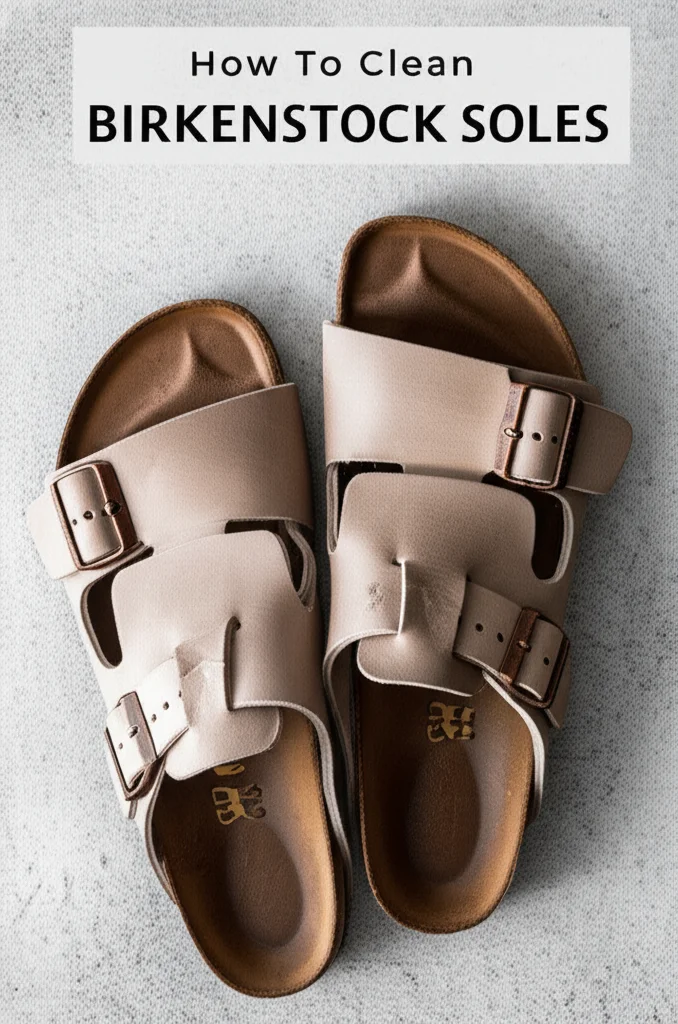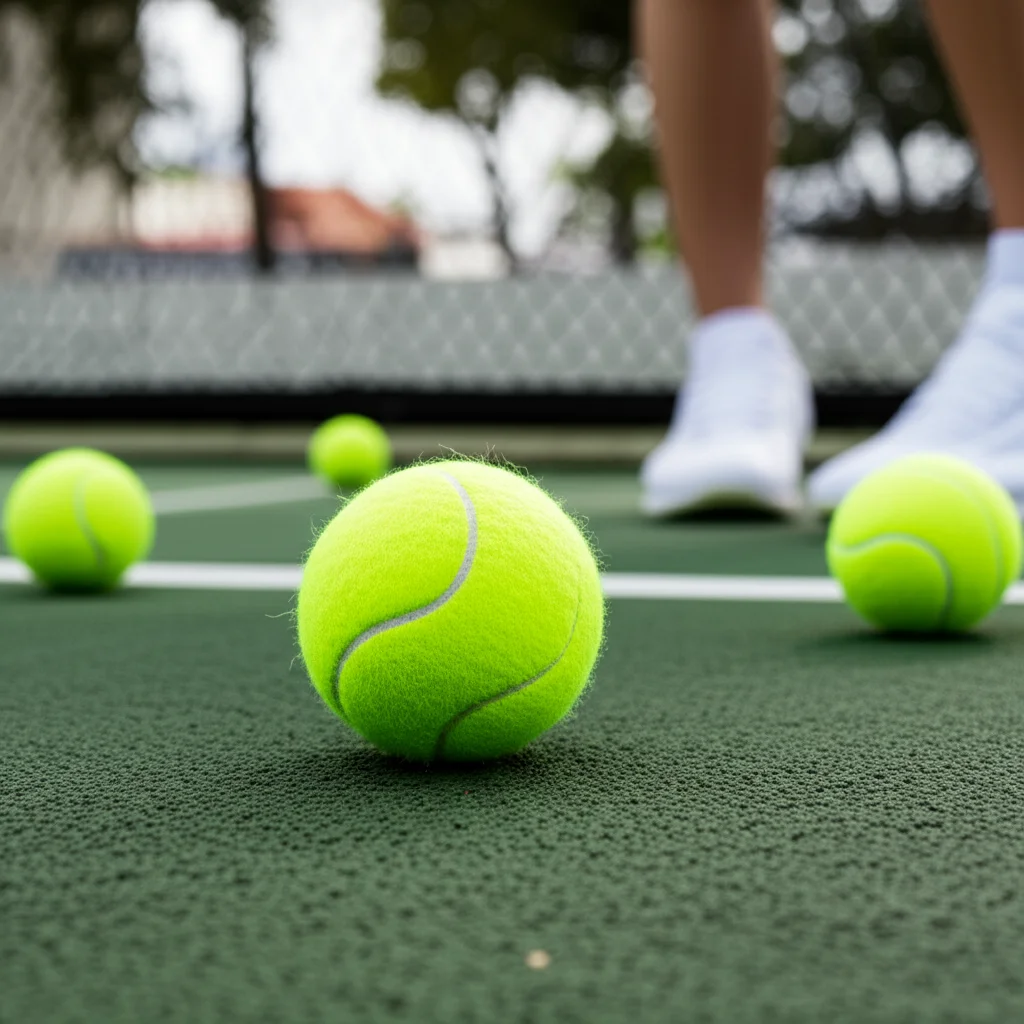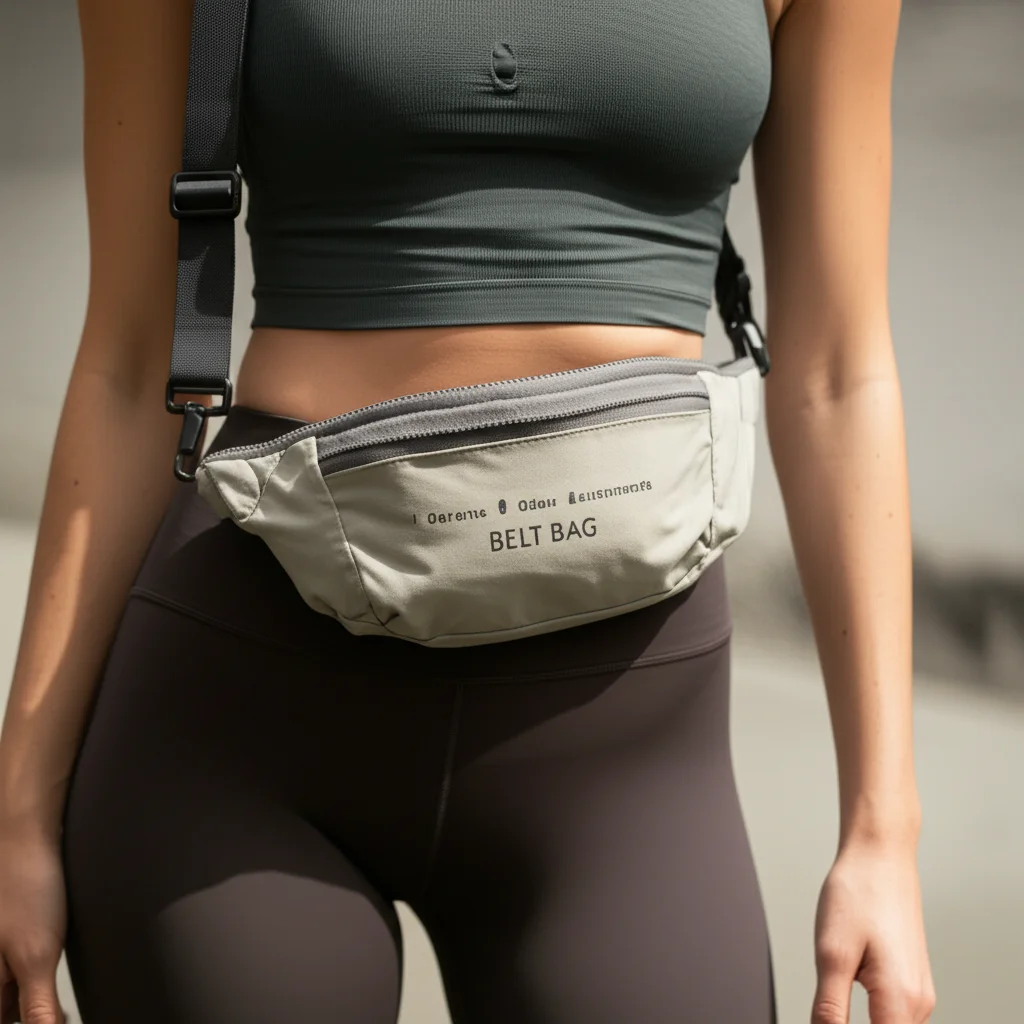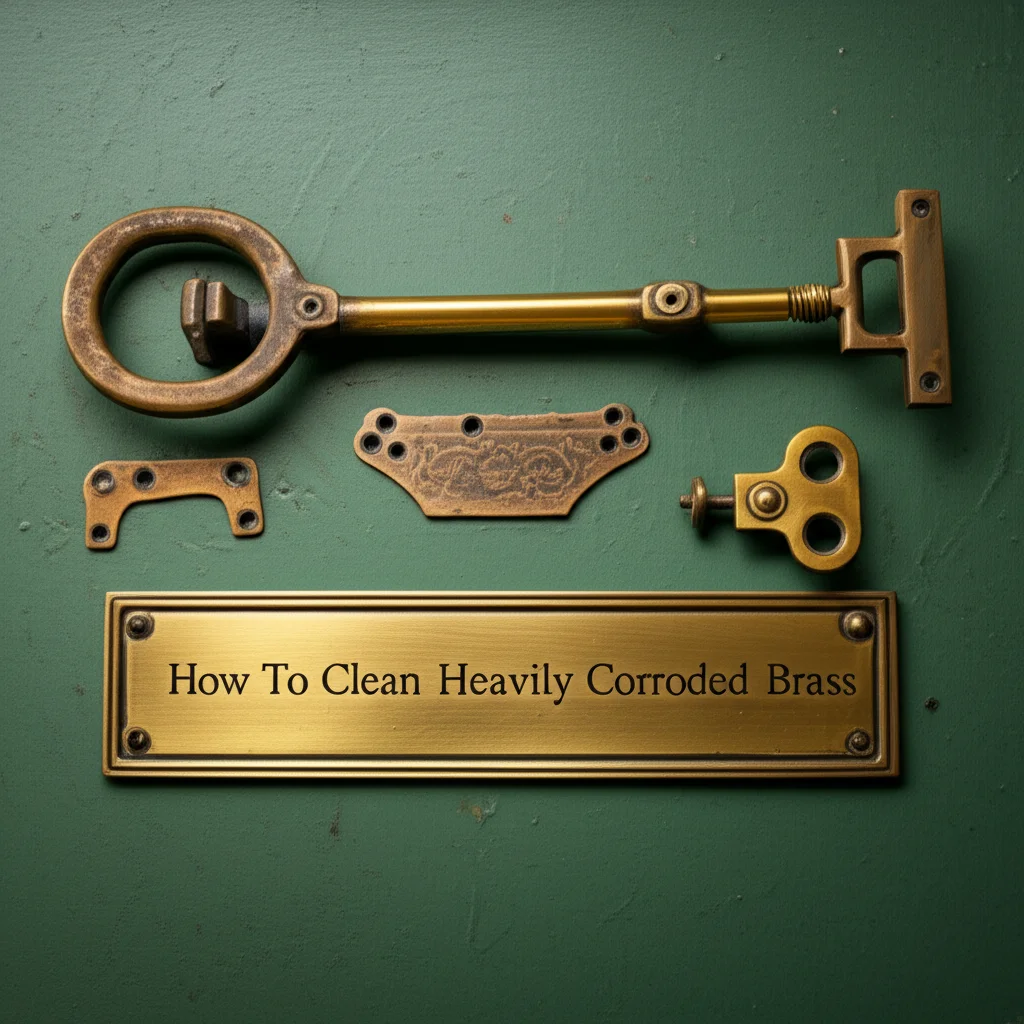· Todd Martin · Home Care · 14 min read
How To Clean Birkenstock Soles

How To Clean Birkenstock Soles for Lasting Comfort
You love your Birkenstocks. Their comfortable design and unique support make them a favorite for many. Over time, however, the soles can gather dirt, grim, and even odors. Knowing how to clean Birkenstock soles correctly keeps them looking fresh and extends their life. This guide gives you clear steps to clean every part of your Birkenstock soles. We will cover the rubber outsoles, the cork midsoles, and the suede or leather footbeds. You will learn the best tools and methods for effective cleaning and long-term care.
Takeaway
Keeping your Birkenstock soles clean requires specific care for each material.
- Outsoles: Use soap and water with a brush to remove dirt.
- Cork: Gently wipe with a damp cloth; avoid soaking.
- Footbeds: Brush dry dirt, then use specialized cleaners for stains and odors.
- Protection: Apply cork sealant and use regular maintenance to prevent excessive wear.
To effectively clean Birkenstock soles, you should use mild soap and water for the rubber outsole, a slightly damp cloth for the cork midsole, and a specialized suede brush or cleaner for the footbed, ensuring each material is treated according to its specific needs to avoid damage and prolong shoe life.
Understanding Your Birkenstock Soles: Materials Matter
Birkenstocks are famous for their unique sole construction. It is important to know what each part is made of before you clean them. This understanding helps you choose the right cleaning method. The sole system consists of three main parts: the outsole, the midsole, and the footbed. Each material needs its own special care.
The very bottom layer is the outsole. This part is typically made of EVA (ethylene-vinyl acetate) or rubber. It provides traction and absorbs shock as you walk. This material is durable but can pick up a lot of dirt, mud, and scuff marks from the ground. Cleaning the rubber soles needs a sturdy approach. We want to remove all the grit without damaging the rest of the shoe.
Above the outsole is the iconic cork midsole. This cork layer is the heart of Birkenstock comfort. It molds to your foot over time, providing personalized support. Cork is a natural material, so it is porous and delicate. It can absorb water and become brittle if not cared for correctly. This means you must be gentle when you clean this part. Protecting this cork is important for the shoe’s flexibility and comfort.
Finally, the top layer is the footbed lining, which touches your foot. Most Birkenstocks use a suede or smooth leather lining here. This material provides a soft surface but can absorb sweat, dirt, and oils from your feet. Over time, the footbed can darken and develop odors. This requires careful cleaning to restore its look and freshness. We will look at how to restore this crucial contact point.
Gathering Your Toolkit: What You Need to Clean Birkenstock Soles
Before you start cleaning your Birkenstock soles, it helps to gather all your supplies. Having everything ready makes the process smoother and more efficient. Using the right tools protects your shoes from harm. Simple household items often work well, but some specialized products are also useful. This section lists the essential items you will need for a thorough cleaning.
First, you will need a few types of brushes. A stiff-bristled brush, like a utility brush or an old toothbrush, works well for scrubbing the rubber outsoles. For the cork and especially the footbed, a softer brush is necessary. A dedicated suede brush with brass or nylon bristles is ideal for the footbed. This type of brush helps lift dirt and restore the nap without damaging the material. You can also use a soft cloth or sponge for gentle wiping.
Next, consider your cleaning solutions. A mild soap, such as dish soap or a gentle liquid laundry detergent, is good for the rubber outsoles. For the cork and footbed, you might want specialized cleaners. Birkenstock offers its own cleaning kit, which includes a cleaner and refresher spray. Alternatively, a solution of water and a small amount of mild soap can work for the footbed if applied carefully. A small bowl of clean water is also essential for rinsing and diluting.
Finally, you will need clean cloths for wiping and drying. Microfiber cloths are excellent for absorbing moisture and wiping surfaces clean. Having a few on hand allows you to switch between dirty and clean cloths. You might also want a cork sealant, especially if your Birkenstock cork has started to look dry or cracked. This sealant protects the cork from moisture and keeps it flexible. Gathering these items before you begin will make the cleaning process much easier.
Step-by-Step: Deep Cleaning the Rubber Outsoles
The rubber outsoles of your Birkenstocks take the most abuse. They come into direct contact with the ground, picking up dirt, mud, and scuff marks. Deep cleaning these parts is important to keep your shoes looking good. This process is straightforward and uses common household items. We will focus on removing embedded grime and restoring the outsole’s appearance.
Start by knocking off any loose dirt or debris from the outsoles. You can tap the shoes together gently or use a stiff brush to dislodge larger pieces of mud or pebbles. This initial step prevents you from spreading dirt during the wet cleaning process. It also helps your cleaning solution work more effectively. Ensure you get into the treads where dirt often accumulates. You can learn more about general cleaning techniques for similar materials by visiting our guide on how to clean rubber soles.
Next, prepare your cleaning solution. Mix a small amount of mild dish soap with warm water in a bowl. You want enough suds to help lift the dirt, but not so much that it becomes difficult to rinse. Dip your stiff-bristled brush into the soapy water. Begin scrubbing the rubber outsoles vigorously. Focus on heavily soiled areas and around the edges. The bristles should reach into the textured patterns on the sole. This action helps dislodge ground-in dirt and grime.
After scrubbing, use a clean, damp cloth to wipe away the soap residue and lifted dirt. Rinse your cloth frequently to ensure you are removing dirt, not just spreading it around. Repeat the scrubbing and wiping process if the outsoles are still dirty. For stubborn scuff marks, you can try using a magic eraser, but test it on a small, inconspicuous area first. When satisfied, let the outsoles air dry completely away from direct heat. Proper drying prevents moisture from affecting the cork.
Caring for the Cork Midsole: Protecting This Key Component
The cork midsole is the signature feature of Birkenstocks. It provides comfort and support, but it is also delicate. Proper care for the cork ensures your shoes last longer. Neglecting the cork can lead to drying, cracking, and eventual damage. Our focus here is gentle cleaning and essential protection. This will keep the cork flexible and strong.
First, always avoid soaking the cork. Water can damage the cork structure and weaken the adhesive holding it to the rest of the shoe. If the cork is dirty, use a slightly damp cloth to wipe away any surface grime. You can add a tiny drop of mild soap to the water for tougher spots. Gently wipe the cork without rubbing too hard. The goal is to clean the surface, not saturate the material. Pay attention to any dark spots or buildup.
Once the cork is clean, allow it to air dry completely. This is crucial for maintaining its integrity. Place your Birkenstocks in a cool, well-ventilated area, away from direct sunlight or heat sources. Heat can cause the cork to dry out and crack faster. Patience during the drying phase prevents long-term damage.
To protect the cork, especially if it looks dry or worn, consider applying a cork sealant. Birkenstock sells its own sealant, but other brands are available. This sealant creates a protective barrier over the cork. It helps to prevent moisture absorption and keeps the cork supple. Apply a thin, even layer of sealant with a small brush. Let it dry thoroughly according to the product instructions. Reapply sealant every few months or as needed. For more details on maintaining this specific material, check our guide on how to clean Birkenstock cork. This proactive step is key to preserving the life of your shoes.
Revitalizing the Suede/Leather Footbed: Tackling Sweat and Grime
The footbed of your Birkenstocks is where your feet rest. Over time, this area can become discolored from sweat, oils, and dirt. It can also develop unpleasant odors. Cleaning the footbed restores its freshness and comfort. We will focus on removing stains and odors without damaging the delicate lining material. This part of the sole system is crucial for foot health.
Start by addressing any dry, caked-on dirt or debris. Use a dedicated suede brush or a stiff, dry toothbrush. Gently brush the footbed in one direction to lift loose particles and refresh the nap of the suede. If your footbed is smooth leather, a dry cloth works well for wiping off surface dust. This initial brushing prepares the surface for deeper cleaning. For a broader understanding of internal shoe cleaning, you can refer to our article on how to clean the inside of shoes.
For stains and odors, you have a few options. Birkenstock offers a cleaner and refresher spray specifically for footbeds. Follow the product instructions carefully. Alternatively, you can create a paste with baking soda and a tiny bit of water. Apply this paste to the stained areas. Let it sit for a few hours or overnight to absorb odors and lift stains. Baking soda is a natural deodorizer and a gentle abrasive. You can also sprinkle dry baking soda generously over the entire footbed and let it sit overnight. Then vacuum or brush it off.
After applying any wet cleaner or paste, allow the footbed to dry completely in a well-ventilated area. Do not place them in direct sunlight or use artificial heat, as this can dry out and crack the leather or suede. Once dry, use your suede brush again to restore the nap and softness. For persistent odors, you might need to repeat the baking soda treatment. Regular brushing and occasional cleaning keep your footbeds clean and comfortable.
Addressing Specific Sole Stains and Issues: Mold, Oil, and Scuffs
Sometimes, your Birkenstock soles face more than just everyday dirt. Mold, oil stains, or deep scuffs require special attention. Addressing these specific issues correctly prevents further damage and keeps your sandals looking their best. Different types of stains need different cleaning approaches. This ensures effective removal without harming the materials.
Mold can grow on the cork or footbed if your Birkenstocks get wet and do not dry properly. To tackle mold on the cork, use a solution of 1 part white vinegar to 1 part water. Lightly dampen a cloth with this solution and gently wipe the affected areas. Vinegar is a natural mold killer. Do not saturate the cork. For mold on the suede footbed, use a suede brush to brush off any loose mold spores first. Then, lightly dampen a cloth with rubbing alcohol or a specialized shoe mold remover. Dab the affected area gently. For more detailed instructions on removing mold from footwear, see our guide on how to clean mold off shoes. Always ensure complete drying after treating mold.
Oil stains, often from walking through greasy areas, are common on rubber outsoles. For fresh oil stains, sprinkle a generous amount of cornstarch or baking soda on the affected area. Let it sit for several hours or overnight to absorb the oil. Then, brush it off and clean the outsole with soap and water as described earlier. For stubborn oil stains on rubber, a mild degreaser or a small amount of rubbing alcohol can be applied sparingly with a cloth. Always test in an inconspicuous area first.
Scuff marks are common on the rubber outsoles. For light scuffs, a pencil eraser can often remove them. Simply rub the eraser over the scuff mark. For deeper scuffs or discoloration, especially on light-colored outsoles, a magic eraser or a very fine-grit sandpaper (use with extreme caution and only on the rubber) can help. Remember that vigorous rubbing can wear down the rubber. Always clean the area with soap and water afterward to remove any residue. Being proactive with these specific issues helps maintain your Birkenstocks’ appearance.
Maintaining Clean Birkenstock Soles: Prevention is Key
Keeping your Birkenstock soles clean is easier with regular maintenance. Prevention plays a huge role in prolonging the life and beauty of your sandals. Simple habits can stop dirt and grime from building up. This means less intensive cleaning sessions later. We will explore easy ways to keep your Birkenstocks in top shape between deep cleans.
First, avoid wearing your Birkenstocks in overly wet or muddy conditions. While the rubber outsoles offer some protection, excessive moisture can harm the cork midsole and footbed. If they do get wet, dry them properly and quickly. Place them in a well-ventilated area, away from direct heat or sunlight. Stuffing them lightly with newspaper can help absorb moisture and maintain their shape. This quick drying prevents mold growth and cork damage.
Regularly brush the footbed with a dry suede brush. This simple act helps remove loose dirt, dust, and sweat residue before it can embed itself into the material. Doing this a few times a week, especially if you wear your Birkenstocks often, makes a big difference. It also helps to restore the nap of the suede, keeping the footbed soft and comfortable. This quick step keeps your footbed looking fresh.
Applying cork sealant periodically is also vital. The cork can dry out and crack over time, especially with exposure to the elements. A thin layer of cork sealant every few months or as needed keeps the cork supple and protected from moisture. This barrier prevents the cork from becoming brittle. Checking your cork regularly for signs of dryness or small cracks allows you to apply sealant before major damage occurs. These preventative measures protect your investment and ensure your Birkenstocks stay comfortable for years.
FAQ Section
Q1: Can I put my Birkenstocks in the washing machine?
No, you should never put your Birkenstocks in the washing machine. The washing machine can severely damage the cork midsole, loosen adhesives, and ruin the footbed. Water submersion can cause the cork to swell and crack, making the sandals unwearable. Always use hand-cleaning methods for Birkenstocks.
Q2: How often should I clean my Birkenstock soles?
The frequency depends on how often you wear them and where you wear them. For daily wear, a light brushing of the footbed and a quick wipe of the outsoles weekly is good. A deep clean, focusing on all sole components, should be done every few months or as soon as they show significant dirt or odor.
Q3: What can I use for tough stains on the rubber outsole?
For tough stains or scuff marks on the rubber outsole, a stiff brush with mild dish soap and warm water is often effective. For very stubborn marks, a magic eraser can be used carefully. Always test any new cleaning agent on a small, hidden area first to ensure it does not damage the material.
Q4: How do I remove odors from the Birkenstock footbed?
To remove odors from the footbed, sprinkle baking soda generously over the entire footbed. Let it sit overnight to absorb odors. Then, vacuum or brush off the baking soda. You can repeat this process as needed. Specialized shoe deodorizer sprays also work well for persistent odors.
Q5: Is it important to seal the cork on my Birkenstocks?
Yes, it is very important to seal the cork on your Birkenstocks. Cork is a natural material that can dry out and crack over time with exposure to air and moisture. Applying a cork sealant creates a protective barrier. This keeps the cork supple, prevents water damage, and extends the life of your sandals.
Conclusion
Keeping your Birkenstock soles clean is important for their appearance and durability. You now have a clear guide on how to clean Birkenstock soles effectively. You can address each part, from the tough rubber outsoles to the delicate cork midsoles and the suede footbeds. We covered the right tools, gentle cleaning methods, and ways to handle specific stains. Remember to use the correct approach for each material.
Regular maintenance and preventative care are crucial. Avoid excessive moisture, brush your footbeds often, and reapply cork sealant when needed. By following these steps, you will enjoy your comfortable Birkenstocks for many years. A clean pair of Birkenstocks feels better and lasts longer. Start cleaning your Birkenstock soles today and extend the life of your favorite sandals.





